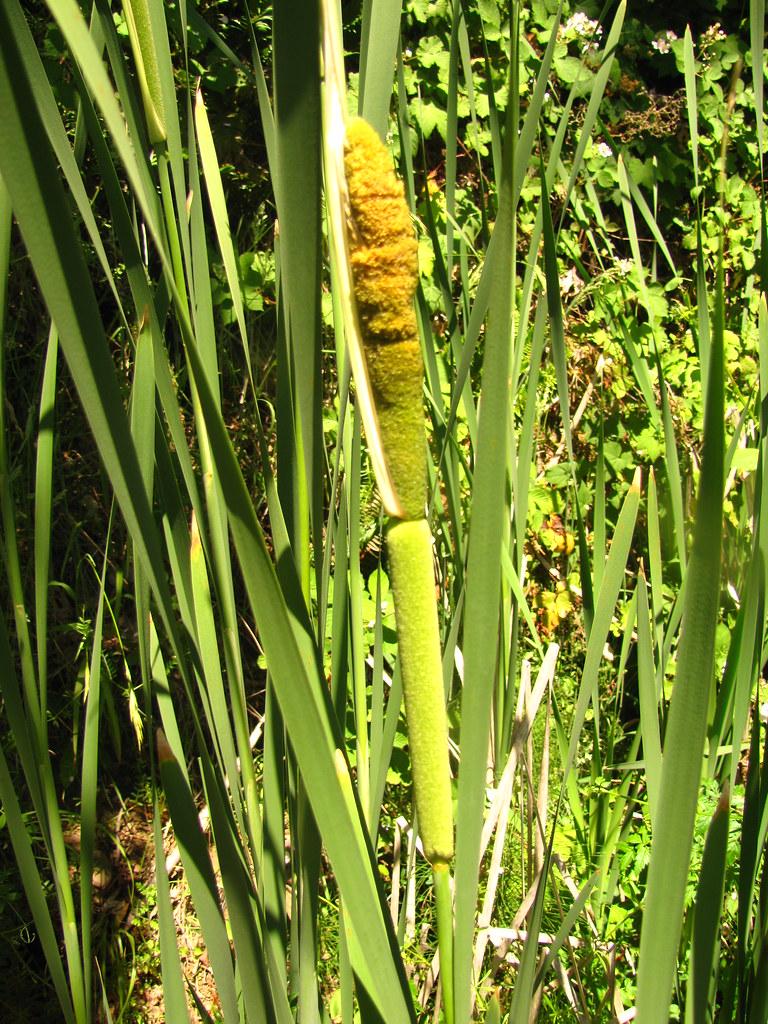
Foraging for wild edibles has been a tradition for centuries, and it’s a great way to connect with nature while harvesting fresh and nutritious ingredients. From woodland mushrooms to wild herbs and berries, the options are endless. However, it’s crucial to know how to properly prepare these foraged foods to ensure they’re safe and palatable. This article will cover the best techniques for cooking with different types of foraged foods.
Mushrooms
Mushrooms are one of the most popular wild edibles to forage. However, it’s important to know that some mushrooms are toxic and can be dangerous if not properly prepared. If you’re new to foraging for mushrooms, it’s best to start with a guidebook or take a course with a knowledgeable instructor.
When you’ve identified the safe and edible varieties, the next step is to clean them properly. Gently brush away any dirt or debris using a soft-bristled brush. Avoid soaking mushrooms in water as this can cause them to become slimy and spoil quickly. If necessary, gently rinse them with a damp cloth and pat dry.
Once your mushrooms are clean, you can prepare them in a variety of ways. Sautéing or stir-frying are great options as they help to bring out the rich and earthy flavors of the mushrooms. Grilling or roasting is also a delicious option. Try tossing them with olive oil, salt, and pepper, and cook until they’re tender and caramelized.
Berries
Berries are a staple of the foraging world and can be found in abundance during the summer and fall months. Raspberries, blackberries, and blueberries are just a few of the many varieties that can be foraged.
Before using your berries, it’s essential to remove any stems, leaves, or other debris. Rinse them gently in a colander and let them drain.
Berries can be used in a variety of recipes, from jams and jellies to pies and tarts. They can also be eaten on their own as a snack or added to yogurt or oatmeal. Berries are also great for making syrups and sauces, which can be used to flavor drinks, ice cream, or pancakes.
Herbs
Foraging for wild herbs is a great way to add fresh and fragrant flavors to your dishes. Wild herbs like rosemary, thyme, and sage are easy to find and can be used in a variety of ways.
When harvesting herbs, it’s best to pick them on a dry day, and avoid harvesting from areas that have been treated with chemicals. Rinse your herbs gently and pat dry.
Herbs can be used fresh or dried, depending on the recipe and the herb. Fresh herbs have a more delicate flavor and are best used in raw dishes or as a finishing touch. Dried herbs are more concentrated and are best used in dishes that will be cooked for an extended period, such as stews or soups.
Nuts
Foraging for nuts is a great way to add a crunchy and nutritious element to your meals. Hazelnuts, acorns, and chestnuts are just a few of the many varieties that can be foraged.
Before using your nuts, it’s essential to remove any debris, shells, or husks. Hazelnuts, for example, need to be roasted to remove their skins, while acorns need to be leached to remove their bitter tannins.
Nuts can be used in a variety of ways, from snacking on them raw to using them as anusing them as an ingredient in baked goods, like cakes, cookies, and bread. They can also be used to make nut butters, like hazelnut spread or almond butter, or added to granolas and trail mix for a nutritious snack. Toasted nuts can also be used as a topping for salads or as a garnish for dishes like pasta or risotto.
Foraging for wild edibles can be a fun and rewarding activity, providing you with fresh and nutritious ingredients to add to your meals. By following the proper techniques for cleaning and preparing different types of foraged foods, you can ensure that you’re eating safe and delicious food.
Keyword: wild edibles, foraging for wild edibles, wild edible in the forest, steps to find wild edibles, finding wild edibles in the woods, eating wild edibles, how to grow wild edibles
Check out Little Tree Food Forest for articles on food forests and homesteading.
Check out StoryScapes for articles on creative writing.







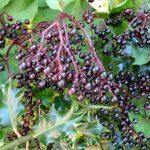
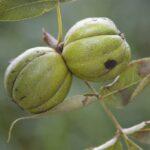
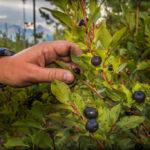
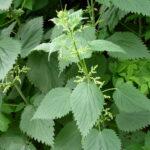
One thought on “Cooking With Foraged Foods: How to Prepare Wild Edibles for Delicious Meals”
Comments are closed.